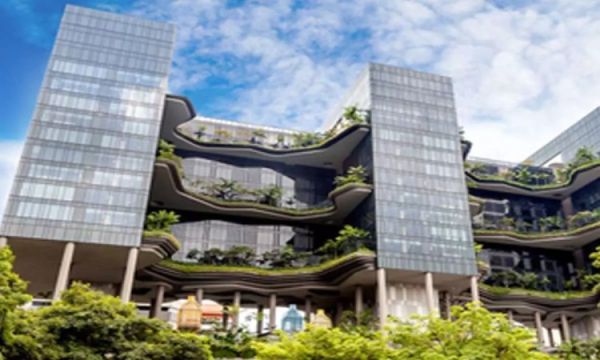
According to Cushman & Wakefield research on the Asia-Pacific area issued on Wednesday, office space absorption is still occurring in important countries like India, Indonesia, and the Philippines, and occupier and investor demand for commercial real estate is still strong.

According to the research, net absorption of office space in Asia-Pacific (APAC) increased by a strong 20% to 26 million square feet (msf) in the first quarter of 2025 from 22 msf in the same period the previous year.
Increased international capital inflows into APAC real estate, especially into solid industries like logistics, data centers, and multifamily, are being fueled by the strength of the US dollar and comparatively favorable rates.
According to the analysis, the decline in borrowing rates would also encourage investment in the commercial real estate market.
Manufacturing industries that export to the United States are particularly vulnerable to the changing tariff environment and possible trade wars. However, despite continued trade tensions, industrial centers in India and Southeast Asia are profiting from ongoing supply chain diversifications.
According to the research, manufacturers will keep assessing the architecture of their supply chains and look for further areas where they can optimize their operations.
According to the research, considerable volatility has been brought into global markets as a result of harsh policy changes made during the first 100 days of US President Donald Trump’s second term, particularly in relation to U.S. trade, tariffs, and deregulation.
Asia Pacific’s economy and real estate markets, however, are exhibiting resilience in spite of these growing global economic worries, supported by solid market fundamentals and local drivers.
“Although risks are obviously elevated, historical trends indicate that Asia Pacific’s property markets are well-positioned to rebound quickly once greater global clarity emerges,” said Dominic Brown, Head of International Research at Cushman & Wakefield. Therefore, in order to ride the wave of recovery once it occurs, occupiers and investors must remain agile and swiftly modify their strategy.
According to the research, while APAC started 2025 with a lot of momentum because to strong domestic demand and ongoing real estate investments, the policy turmoil is predicted to slow development as companies become more cautious in their decision-making.